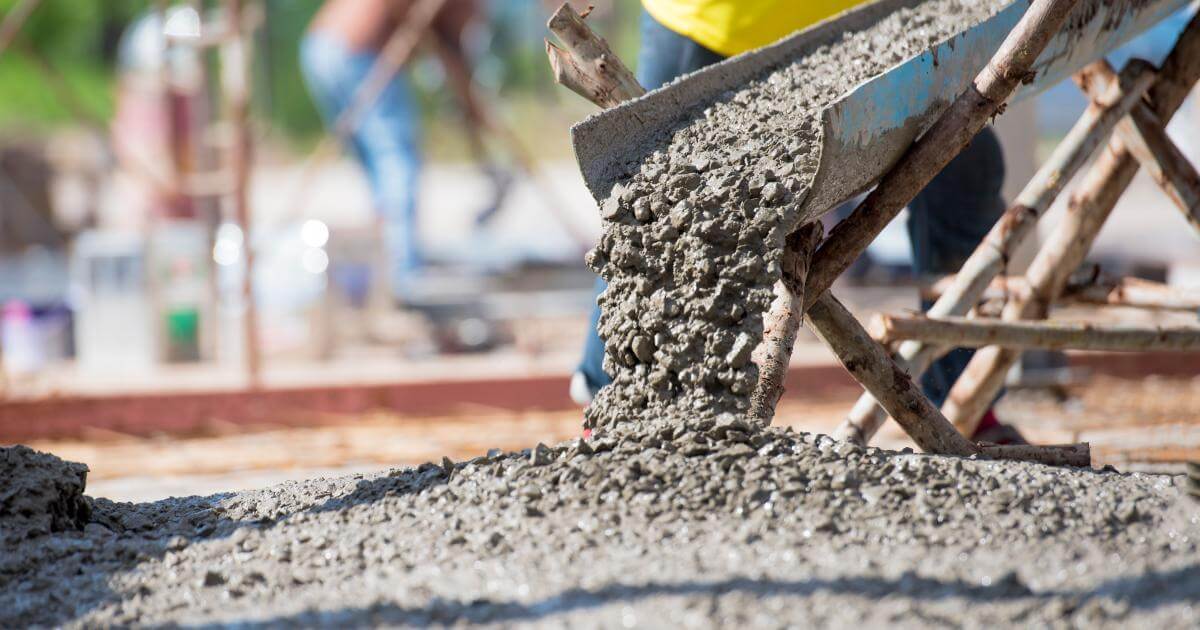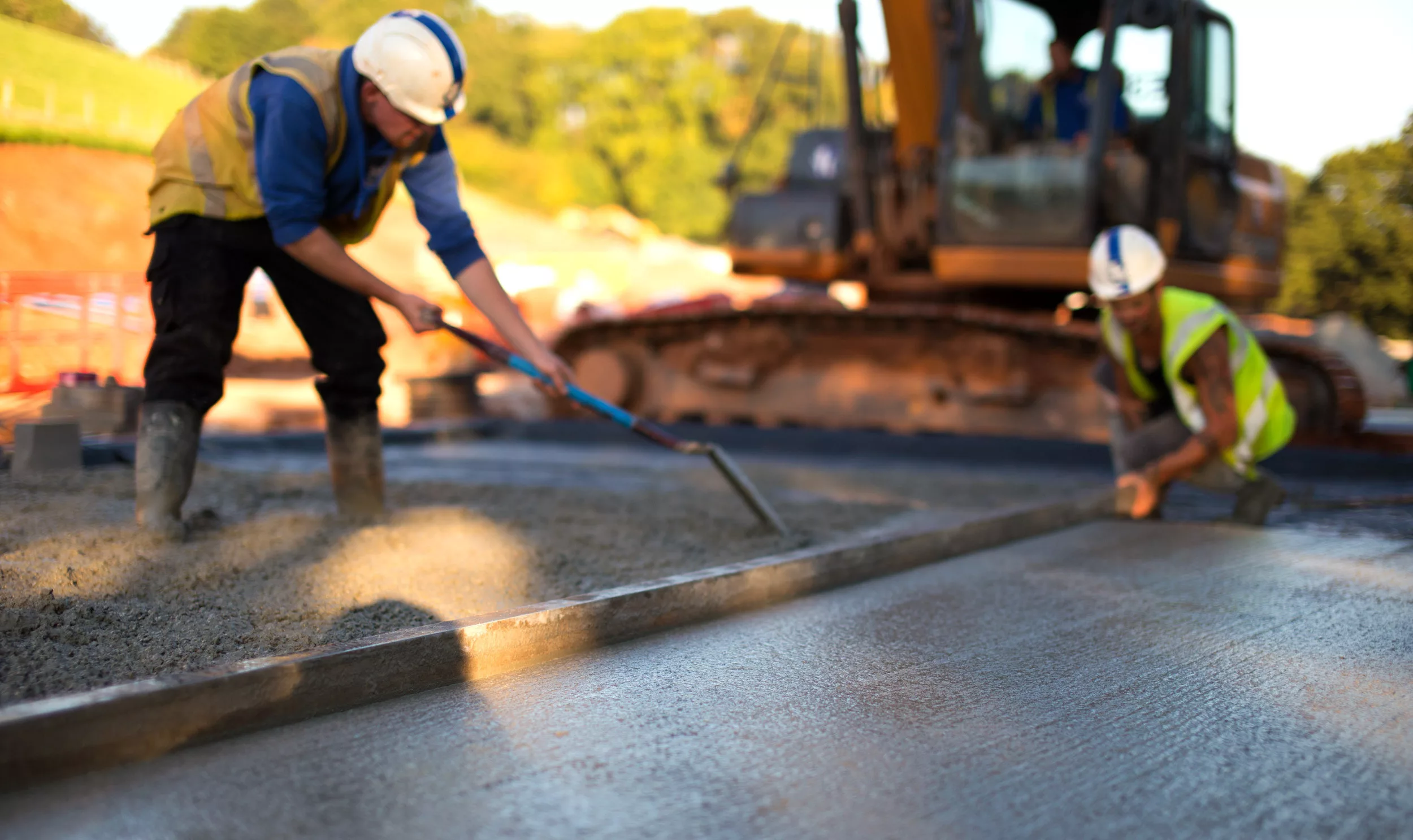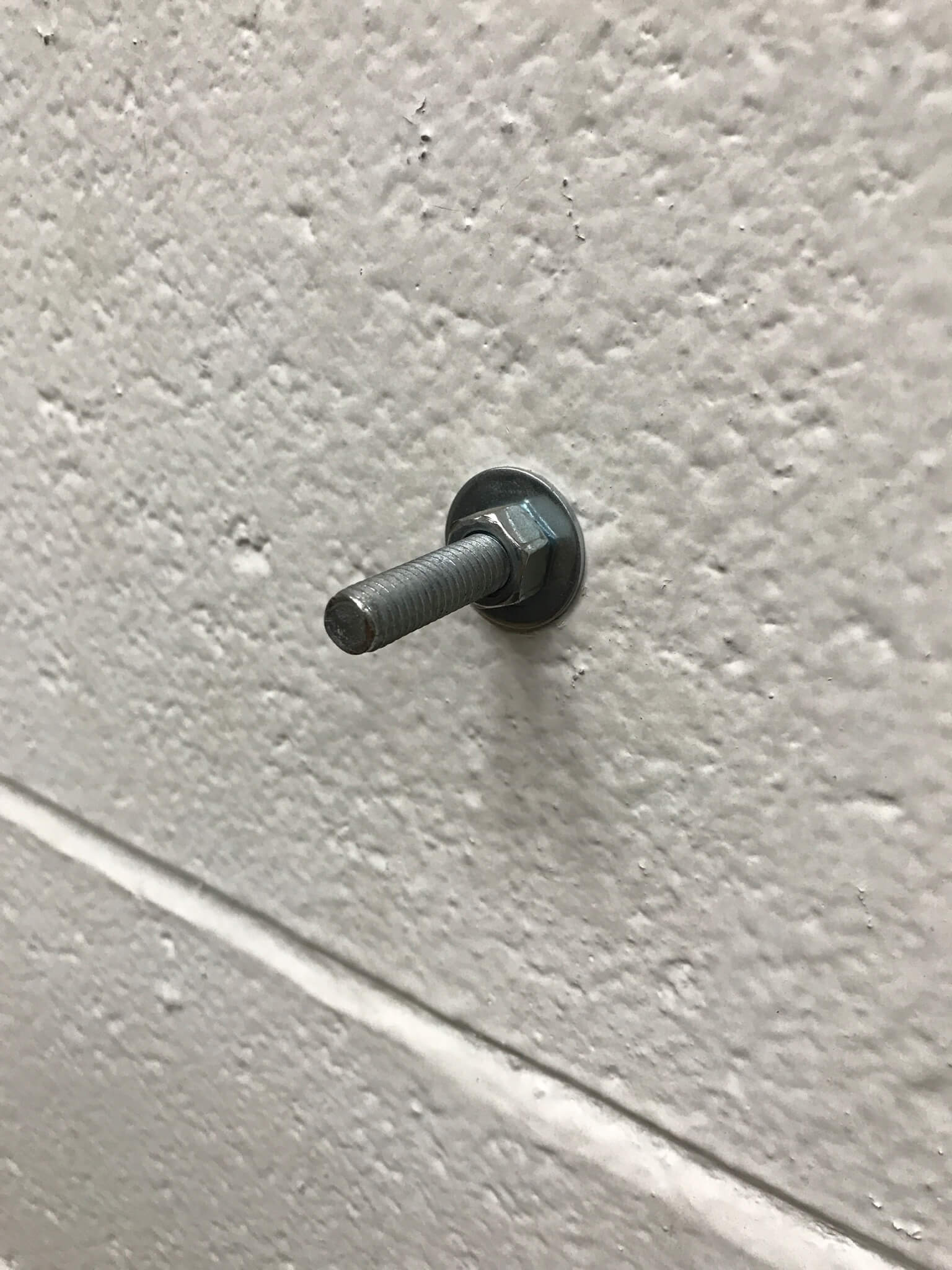
Post-installed anchors come in many shapes and sizes, with fairly different fastening mechanisms offering low to high holding potentials. Anchor portfolio offers low capacity removable screws and sleeve anchors, medium-duty wedge anchors, and high capacity expansion and undercuts anchors.
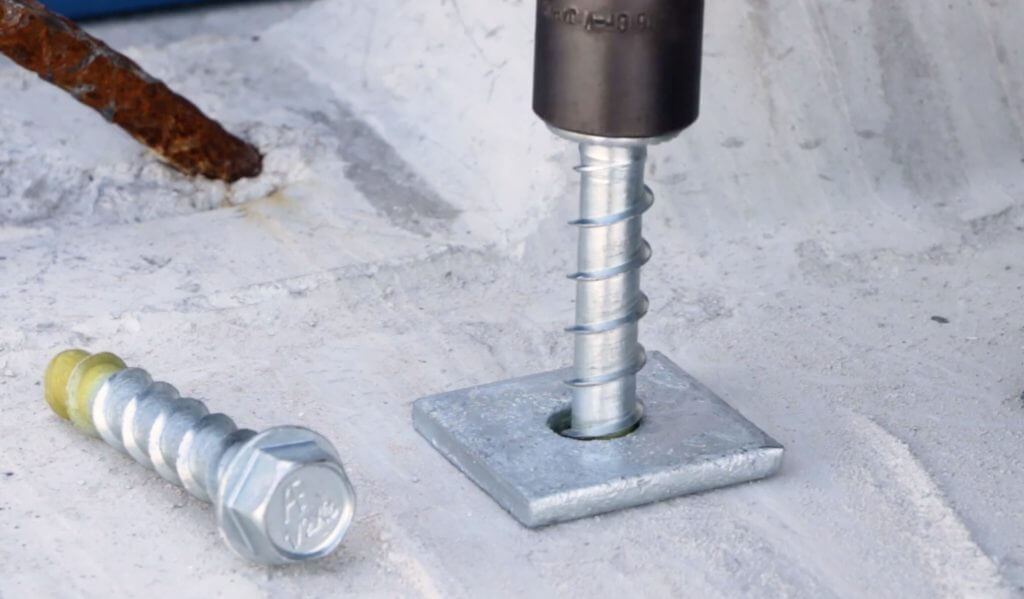
Following is a step by step guide that explains how concrete anchors work:
- A hole has made on the concrete
- Material has placed in the hole to take up space
- The material in the hole should expand with the use of a screw, nail or some other kind of setting tool
- The hole has to have a certain amount of volume to it to be ideal. This increased volume will create the necessary friction needed to hold the material against the interior of the wall.
- The holding value obtained through this process so make sure you don’t forget it.
This is the principle in that concrete anchor production applies – one that involves the step by step process mentioned above. - You don’t expect these anchors to ever retrieve.
Wedge Anchors
Concrete anchors that gathered for one unit called a wedge anchor. They manufactured when steel rods (which usually made of either stainless steel or carbon) strung on the ends which would appear in the side opposites to where this done becoming a tiny bit smaller in terms of the diameter which somehow affects the complete diameter of the rods.
Sleeve Anchors
This is an anchor that produced from four different parts. The four parts made of the washer, the nut, the sleeve, and the stud. The method of implementing these anchors is a little bit different than the one previously discussed but then again the professionals who do them would have mastered the process regardless.
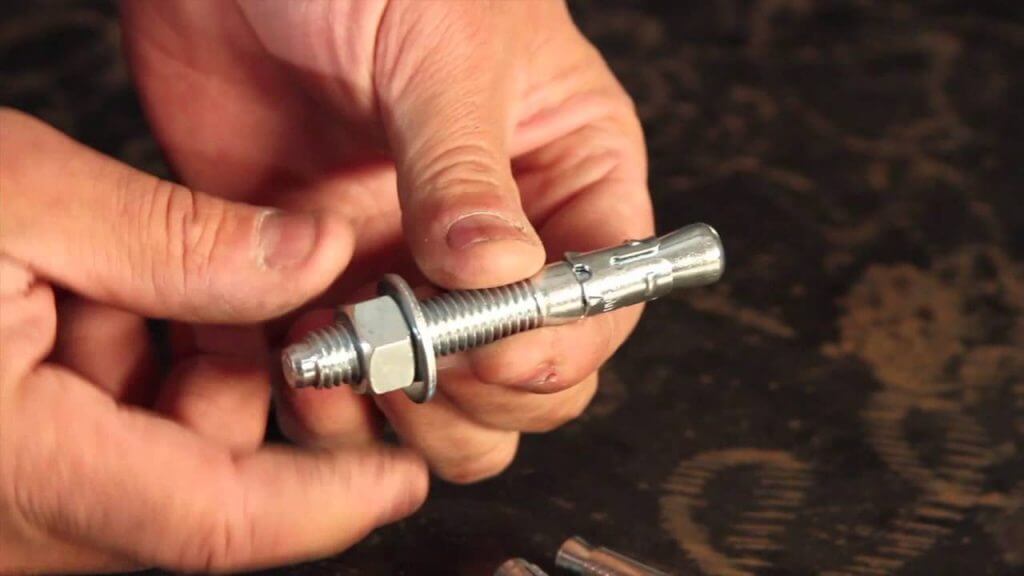
Sleeve anchors usually inserted into the drilled hole in the concrete pretty much like how every other concrete anchors work. After being attach it will then made to expand against the wall, locking it in place. Again, the size of the hole drilled is similar to the diameter of the anchor itself.


